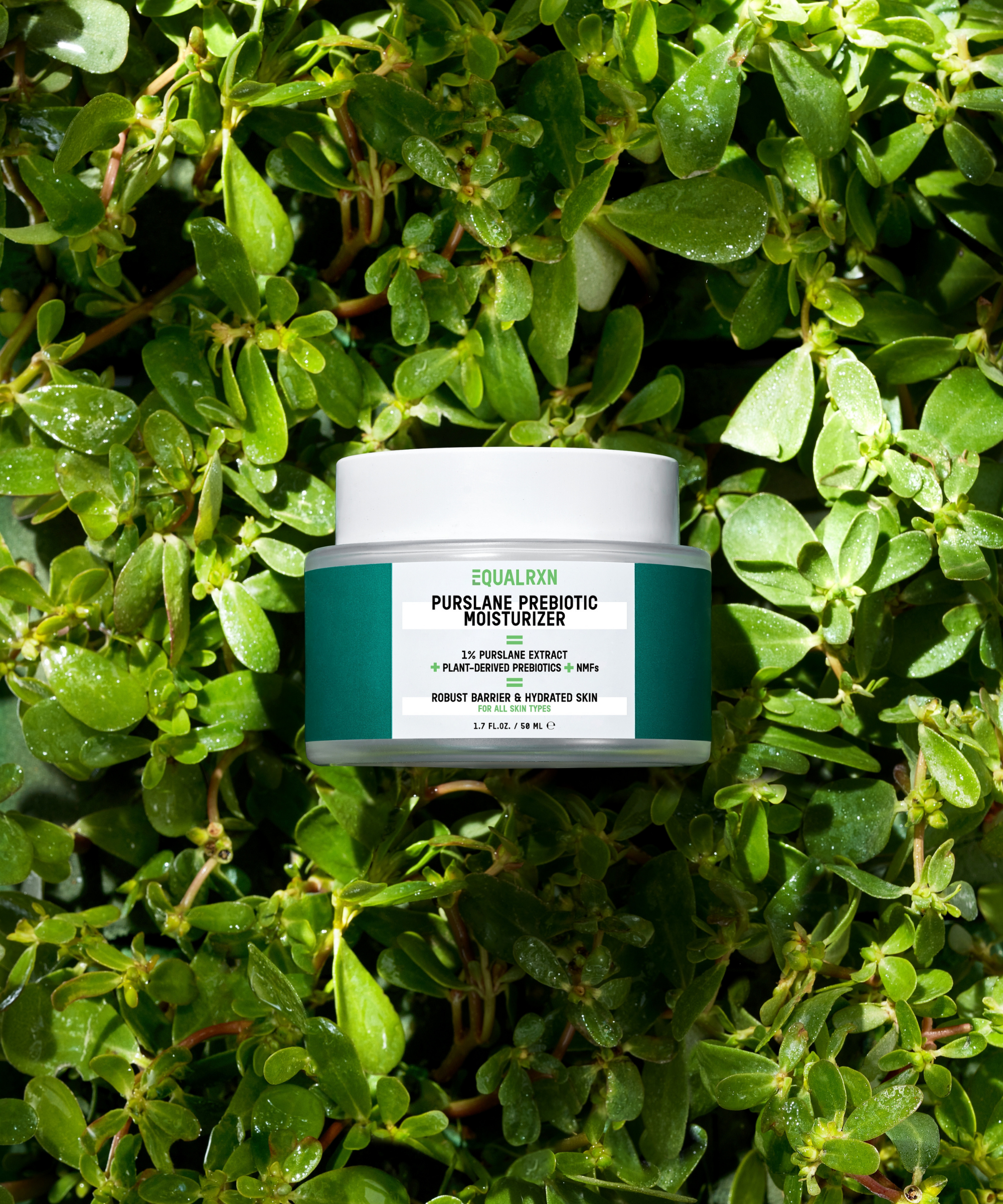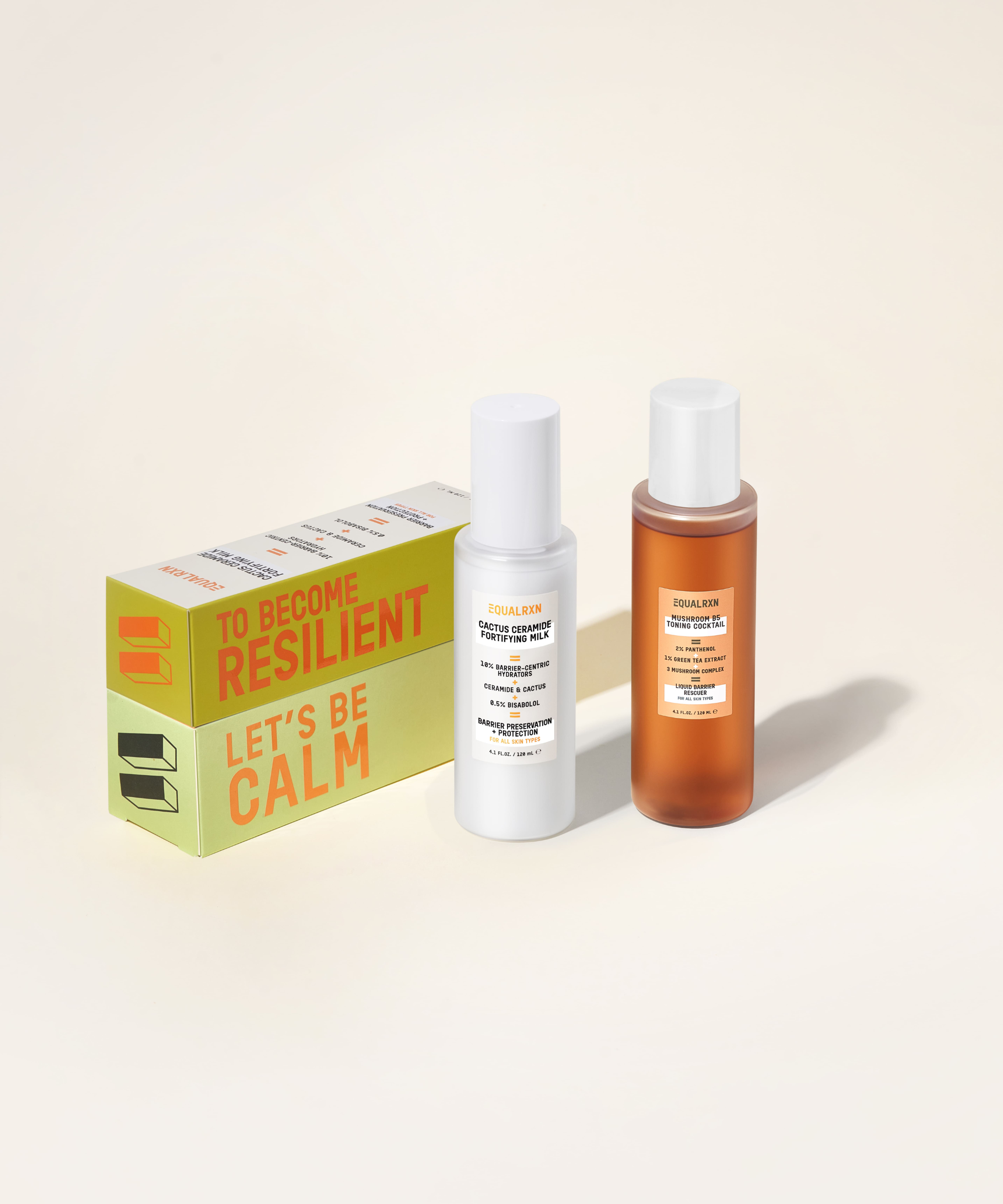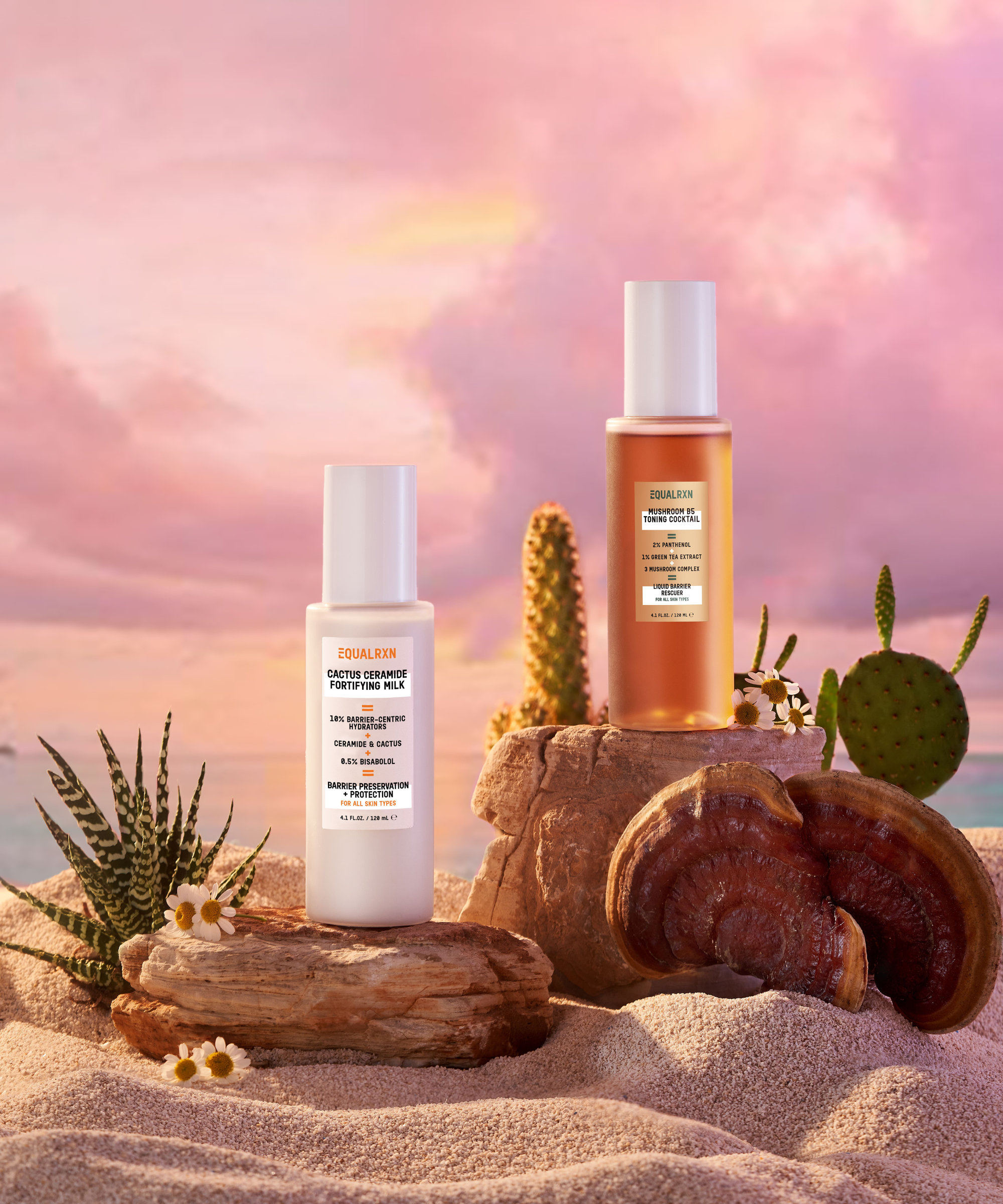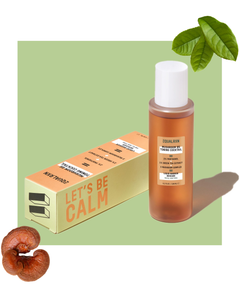First of all, we want to clarify that no shade is thrown here to the brands who claim an extremely high concentration of plant extract, such as 80%, 90%, or even 100% green tea extract. I am sure if the US cosmetic regulations allow such practice, all the US brands would follow such claiming as well. If you have noticed, only South Korean brands are claiming such a high concentration of ingredients, that is because the Korean cosmetic regulations allow such claiming practice.
Let's look at an example first.
A popular Korean brand is claiming their toner has 80% green tea extract, and in the ingredients list, Camellia Sinensis leaf extract (green tea extract) is ranked as #1, but if the same product is registered in the US, the brand will not be able to claim a concentration of 80%.

So why can Korean brands claim such a high concentration of an ingredient? That is because the law allows them to claim the concentration based on the compound ingredient concentration, instead of the actual pure concentration of the ingredient. Compound ingredients are ingredients that are made up of more than one ingredient. Plant extracts are often not pure and comes in a formula compounded with solvents (glycerin, water, and/or glycols) and preservatives.
For green tea extract, the typical concentration of the actual pure green tea extract is only about 2%-5%, the rest of the composition is made up of water, glycerin and some preservatives. Raw material suppliers can further dilute the plant extract more, lowering the actual extract concentration in the compound ingredient, allowing the brand to claim an even higher %. With cosmetic regulations like this, there is no way to tell how much extract or how pure the ingredient is, we can only trust the brand to be ethical and choose compound ingredients that contain a good amount of the actual plant extract they are claiming.

If the 90% plant extract is indeed pure in a skincare product, the cost of formula would be insanely expensive to be sold for $20, and our skin will probably not be able to take such high concentration due to the high amount of tannins plant extracts contain.
Let's look at another example, this time a luxury Korean brand that sells at $175 for a bottle of green tea toner. Since this Korean brand is also sold in the US retail store Sephora, they are following the US regulation and is unable to claim a high concentration of green tea extract in the US. However, due to the high price point and the ingredients list mostly made up of other usual ingredients in a compound green tea extract, the pure green tea extract can be very high, even the brand chose not to claim concentration.

Another common scenario we see is the famous global brand SK-II. SK-II is sold in the US and globally, they claim their best selling essence--Facial Treatment Essence--contains 90% PITERA™, a type of ferment filtrate. The high concentration of PITERA™ in SK-II's toner is indeed real and true. We once tried to develop an essence with similar ferment filtrate at 80%, and the formula cost came out to be extremely pricy.
Another common scenario we see is the famous global brand SK-II. SK-II is sold in the US and globally, they claim their best selling essence--Facial Treatment Essence--contains 90% PITERA™, a type of ferment filtrate. The high concentration of PITERA™ in SK-II's toner is indeed real and true. We once tried to develop an essence with similar ferment filtrate at 80%, and the formula cost came out to be extremely pricy. So yeah, if you see a product selling at $20-40 USD and claiming to have 80%-90% ferment filtrate, competitive to SK-II, chances are the brand is probably registered in Korea and claiming the compound ingredient's concentration that is diluted with water instead of the actual pure concentration.
To sum up, is claiming 90% plant extract in a product real? That depends on how you define it; different countries simply have different cosmetic regulations, to Korean brands that high concentration is completely real since their regulations allow for this claiming practice, but claiming % this way hides a lot of transparency from the consumers, creates bad practices such as diluting the raw material and unhealthy competition dynamics for brands to compete for the highest %, rather than focusing on developing a genuinely great product.
















Leave a comment